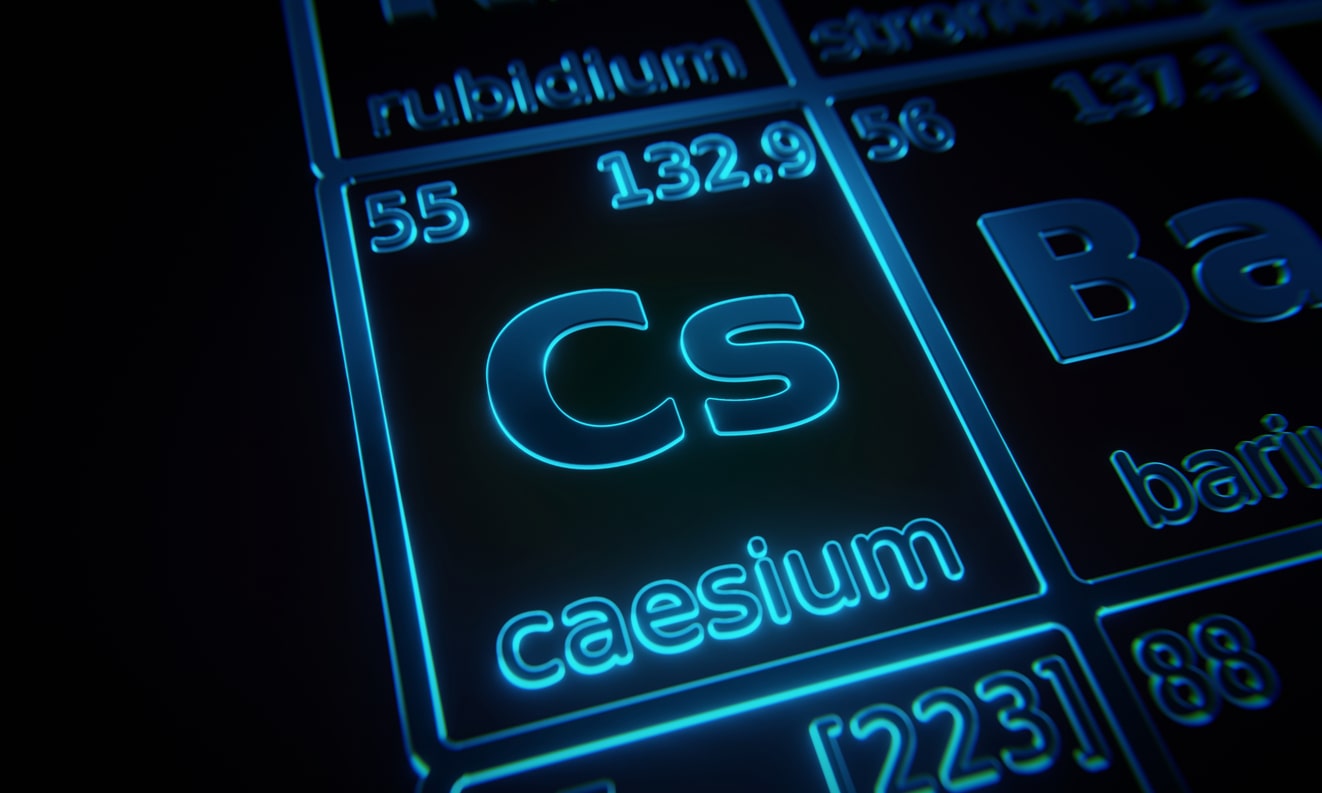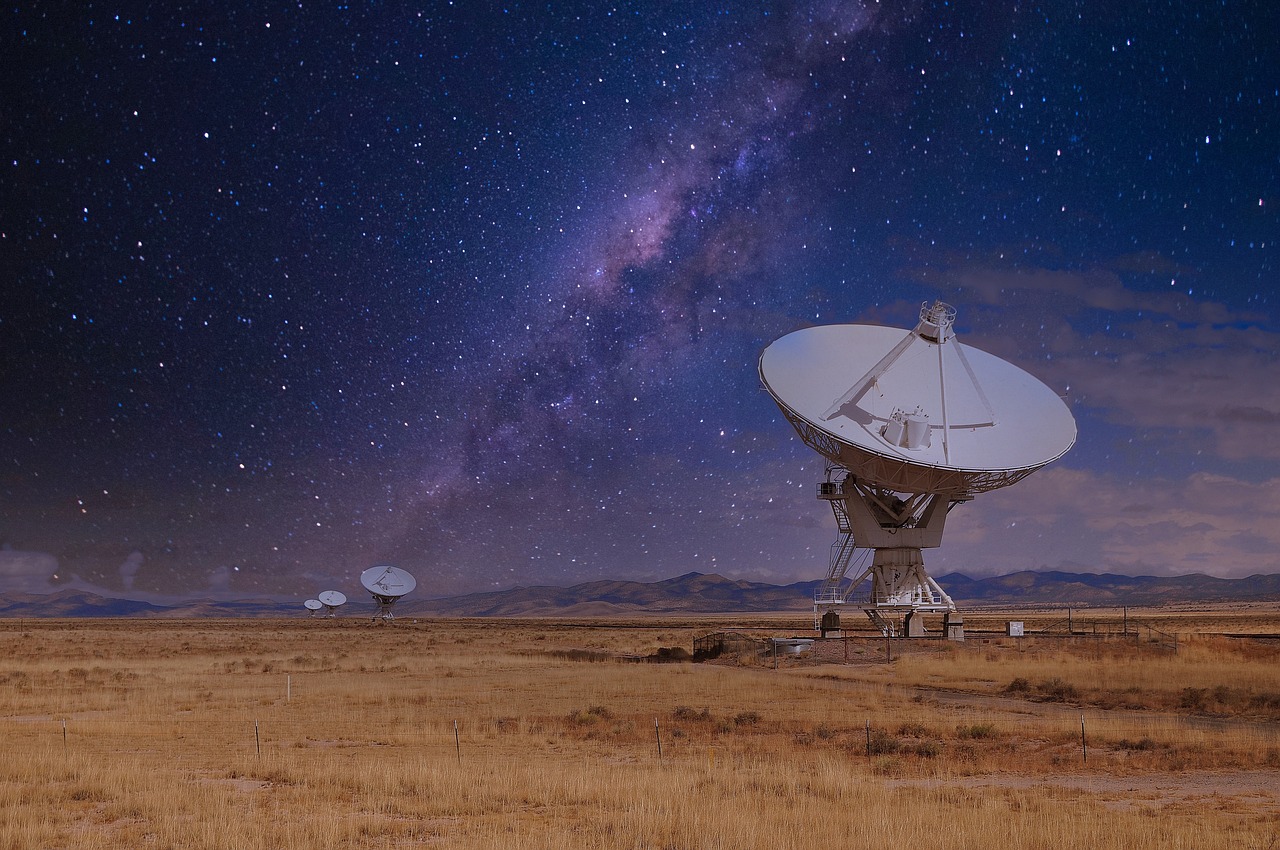Understanding International Atomic Time (TAI)
International Atomic Time (TAI) is one of today's most precise and reliable time standards. It is a critical element of Coordinated Universal Time (UTC), the global standard for establishing local times.

Unlike traditional timekeeping methods based on the Earth's rotation, TAI relies on atomic clocks. These clocks use the consistent vibrations of cesium atoms to measure time with extraordinary accuracy.
How TAI Works
Atomic clocks, the cornerstone of TAI, operate by counting the vibrations of cesium atoms. Each second is defined by 9,192,631,770 vibrations of a cesium-133 atom. This precise definition allows atomic clocks to measure time with a precision far surpassing any mechanical clock.
TAI is maintained by a network of atomic clocks located in laboratories worldwide. These clocks are synchronized and compared regularly to ensure the highest level of accuracy. The International Bureau of Weights and Measures (BIPM) oversees the process, collecting data from the atomic clocks and computing the official TAI.
Maintaining and Synchronizing TAI
To maintain the accuracy of TAI, atomic clocks from different laboratories around the world are compared regularly. This comparison is made through "time transfer," which uses satellites and other technologies to synchronize the clocks.
The BIPM collects data from these comparisons and publishes the official TAI. Any discrepancies between the clocks are corrected to ensure uniformity. This rigorous process ensures that TAI remains the most accurate and reliable time standard.
Why use UTC instead of TAI?
While TAI is incredibly precise, it is different from the time standard most people use daily. Coordinated Universal Time (UTC) is the time standard used for daily activities. UTC combines TAI with leap seconds to align with the Earth's rotation and the day-night cycle. Conversely, TAI does not consider Earth's rotational speed fluctuations, which determines the actual length of a day. These adjustments ensure that UTC remains in sync with solar time.
The difference between TAI and UTC is essential for systems that require ultra-precise timekeeping. For instance, TAI's consistency is preferred in scientific research and space exploration. However, UTC's alignment with the Earth's rotation is more practical for everyday activities and most technological applications.
The Role of TAI in Modern Technology
TAI is crucial for many modern technologies and scientific endeavors. For instance, the Global Positioning System (GPS) relies on accurate time measurements to determine precise locations. Each GPS satellite carries multiple atomic clocks, and the system's accuracy depends on synchronizing these clocks with TAI.
Telecommunications also benefit from TAI. Networks use precise timekeeping to manage data transfer and ensure efficient communication. Even minor discrepancies in time can lead to significant issues, making TAI's accuracy essential for maintaining the integrity of these systems.
In scientific research, precise time measurement is vital for experiments and observations. For example, in astronomy, accurate timekeeping is necessary to track celestial objects and understand their movements. TAI provides the consistency required for these precise measurements.
Advances in Timekeeping
As technology advances, so does the precision of atomic clocks. Newer models, such as optical lattice clocks, offer even greater accuracy than traditional cesium atomic clocks. These advancements promise to make TAI even more precise in the future.
Improved time synchronization methods are also being developed. Techniques such as two-way satellite time and frequency transfer (TWSTFT) and optical fiber links enhance time transfer accuracy between atomic clocks. These innovations will further refine TAI and its applications.



